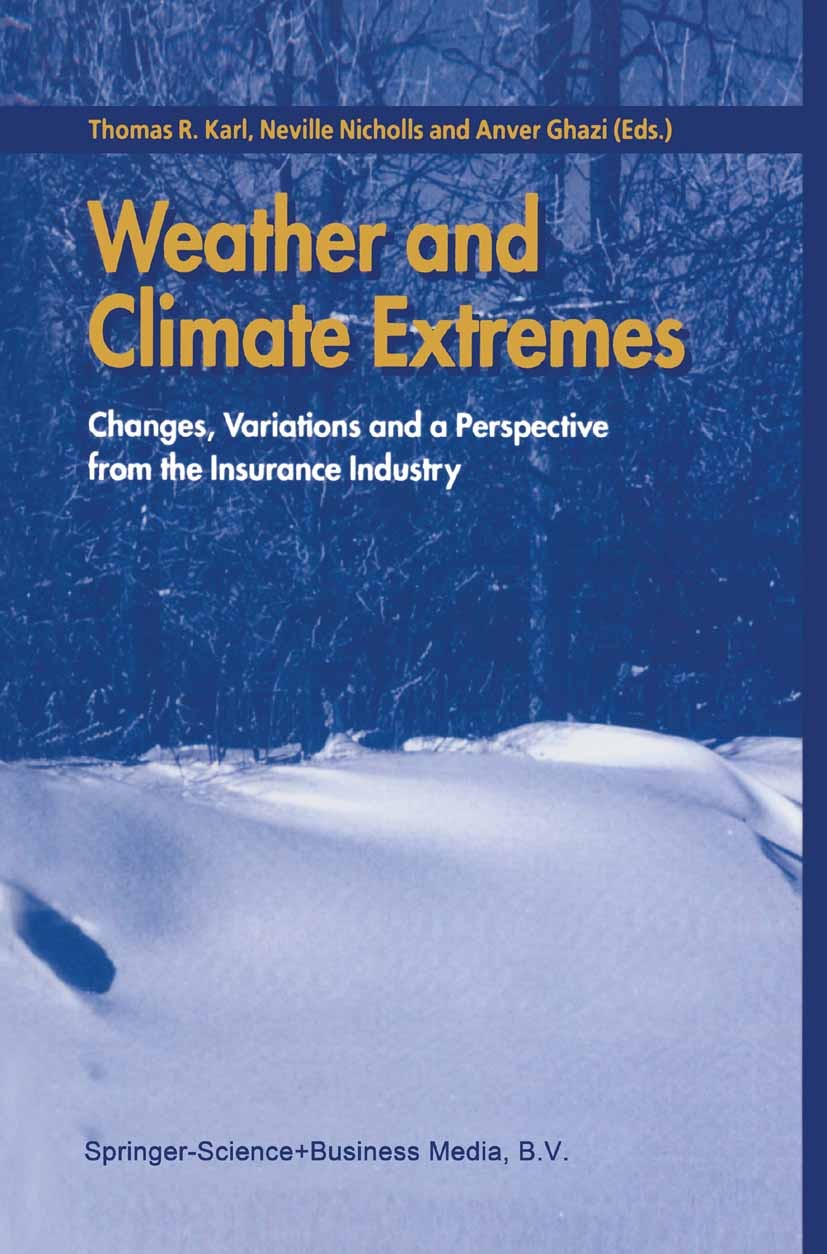The flash droughts across the south-central United States in 2022: Drivers, predictability, and impacts
IF 6.9
1区 地球科学
Q1 METEOROLOGY & ATMOSPHERIC SCIENCES
引用次数: 0
Abstract
A rare subseasonal-to-seasonal phenomenon – two consecutive flash drought events interrupted by a period of recovery – occurred across eastern Oklahoma, Arkansas, and southern Missouri, spanning the summer and early fall of 2022. These flash drought events (the first in June–July, the second in August–September) led to severe (D2) and extreme (D3) drought conditions via the United States Drought Monitor across much of the region following the first period of rapid drought intensification, and extreme (D3) and exceptional (D4) drought conditions by the end of the second event. A notable driver of both flash drought events included a persistent upper-level ridge either centered over or shifted west and upstream of the flash drought region, leading to broad-scale subsidence and reduced mid-level moisture which acted to limit precipitation development and increase evaporative demand. In addition, several heatwave events developed during the warm season in 2022 and either (1) acted to drive flash drought development via increased evaporative demand or (2) were enhanced by land surface desiccation and land-atmosphere feedbacks following rapid drought intensification. Furthermore, S2S composite forecasts predicted drought development for both events. However, only 20% of the ensembles predicted rapid drought development associated with flash drought for the first event and 16% of the ensembles predicted rapid drought development during the second event. This result highlights a key challenge in S2S prediction of rapidly developing drought conditions versus that of more conventional and slower drought development. The ensembles that did predict rapid drought intensification were associated with the forecasting of positive 500 hPa geopotential height anomalies over the south-central United States (first event) or an amplified wave pattern centered over the west-central United States (second event). Lastly, the compounding effects of two flash droughts in a single warm season led to substantial impacts on agricultural, environmental, and hydrologic sectors across the region.
2022 年美国中南部的暴旱:驱动因素、可预测性和影响
2022 年夏季和初秋期间,俄克拉荷马州东部、阿肯色州和密苏里州南部出现了罕见的亚季节到季节现象--连续两次闪电干旱事件被一段恢复期打断。这些山洪暴发的干旱事件(第一次在 6-7 月,第二次在 8-9 月)在第一个快速干旱加剧期结束后,通过美国干旱监测,该地区大部分地区出现了严重(D2)和极端(D3)干旱状况,而在第二个干旱事件结束时,出现了极端(D3)和特殊(D4)干旱状况。这两次暴旱事件的一个显著驱动因素是持续的高空海脊,要么位于暴旱区域的中心,要么向西和上游移动,导致大范围下沉和中层水汽减少,从而限制了降水的发展并增加了蒸发需求。此外,2022 年暖季期间还出现了几次热浪事件,这些热浪事件(1)通过增加蒸发需求推动了闪旱的发展,或(2)在干旱迅速加剧后,陆地表面干燥和陆地-大气反馈作用增强了闪旱的发展。此外,S2S 综合预报预测了这两种事件的干旱发展。然而,只有 20% 的集合预测了第一次事件中与闪旱相关的快速干旱发展,16% 的集合预测了第二次事件中的快速干旱发展。这一结果凸显了 S2S 预测快速发展的干旱状况与预测更传统、更缓慢的干旱发展的关键挑战。预测到干旱迅速加剧的集合与预测到美国中南部上空出现正的 500 hPa 位势高度异常(第一次事件)或以美国中西部为中心的波浪模式扩大(第二次事件)有关。最后,在一个暖季发生两次暴旱的复合效应对整个地区的农业、环境和水文部门造成了巨大影响。
本文章由计算机程序翻译,如有差异,请以英文原文为准。
求助全文
约1分钟内获得全文
求助全文
来源期刊

Weather and Climate Extremes
Earth and Planetary Sciences-Atmospheric Science
CiteScore
11.00
自引率
7.50%
发文量
102
审稿时长
33 weeks
期刊介绍:
Weather and Climate Extremes
Target Audience:
Academics
Decision makers
International development agencies
Non-governmental organizations (NGOs)
Civil society
Focus Areas:
Research in weather and climate extremes
Monitoring and early warning systems
Assessment of vulnerability and impacts
Developing and implementing intervention policies
Effective risk management and adaptation practices
Engagement of local communities in adopting coping strategies
Information and communication strategies tailored to local and regional needs and circumstances
 求助内容:
求助内容: 应助结果提醒方式:
应助结果提醒方式:


